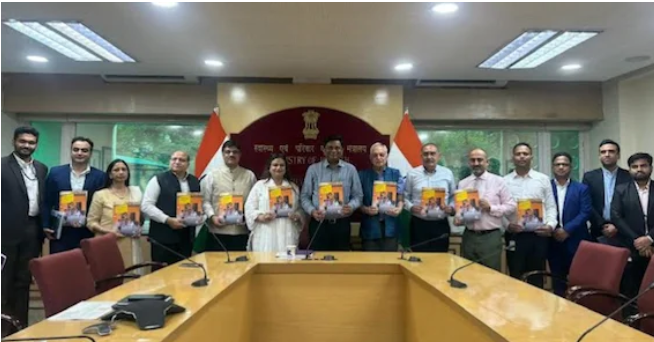
The FICCI-EY research, “Decoding India’s Healthcare Landscape,” was released by Apurva Chandra, Secretary, Health & Family Welfare, Government of India.
The report focuses on the coordinated efforts to improve accessibility, quality, and innovation, paving the way towards a healthier and more prosperous future for everyone. It also emphasizes India’s impressive advancements in the healthcare sector over the previous several decades.
The number of qualified doctors must rise to above 50 lakhs in order to meet India’s healthcare vision 2047, which aims to bring the country’s medical staffing ratio closer to that of developed nations and double the present global average of 16 doctors per 10,000 people. Every Indian district needs to have a single medical college created.
To get closer to the average of developed nations, the number of nurses must be increased to more than 1.25 to 1.5 crores. To bring the number of hospital beds closer to the average of developed nations, thirty lakh more would be added.
In addition, the report recommends that healthcare providers register 100% of themselves on the ABDM Healthcare Professionals Registry in order to expedite the access to digitally enabled healthcare.
Key accomplishments: To meet the rising need for healthcare professionals, India has seen a notable increase in the number of medical colleges and MBBS seats. In addition, there has been a notable rise in the use of public health facilities, coinciding with a rise in the number of registered nurses. There was a significant increase in the number of allopathic doctors registered, from 6,60,801 in 2005 to 13,08,009 in 2022.
The Indian pharmaceutical business is predicted to reach a total market size of $130 billion by 2030, according to the most recent report from FICCI. 60% of the world’s vaccines are produced in India, and the country exports three times as many pharmaceuticals as it imports.